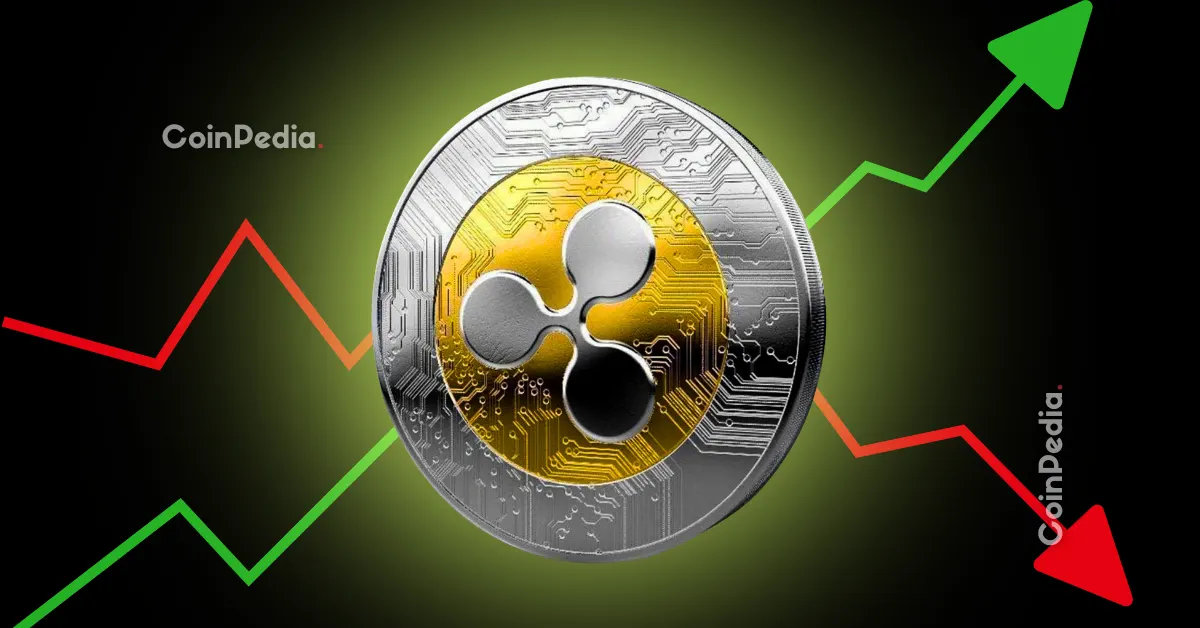
The Ripple Swell 2025 conference, held in New York City, marked a monumental moment for the blockchain and financial industries. Bringing together over 700 leading figures from the worlds of crypto, finance, and regulatory bodies, the event highlighted the increasing integration of blockchain technology into mainstream financial systems. As the collaboration between blockchain developers and financial institutions deepens, Ripple leads the charge with groundbreaking innovations and strategic partnerships.
Ripple’s Vision for Blockchain Finance
Ripple Swell 2025 showcased how far the adoption of blockchain technology has come. Executives from BlackRock, NASDAQ, and JP Morgan highlighted how blockchain-powered platforms like Ripple’s XRP Ledger are transforming traditional finance with efficient payment systems and liquidity management tools. With its robust ecosystem, Ripple is helping to bridge the gap between decentralized systems (DeFi) and traditional financial entities (TradFi).
Ripple CEO Brad Garlinghouse emphasized that crypto ETFs are an institutional gateway to digital assets. They unlock hundreds of billions of dollars in potential investments. The participation of heavyweights like BlackRock signifies the growing mainstream interest in decentralization and tokenization to reshape global finance. Garlinghouse projected that ETFs like the Bitcoin ETF would eventually rival the scale of gold ETFs in market participation and value.
Major Announcements From Ripple Swell 2025
One of the key highlights was Bitwise’s launch of its Solana Staking ETF (BSOL), which accumulated over $400 million in just five business days. As the biggest ETF launch of 2025, it underscores the rising demand for blockchain-based investment vehicles among individual investors, financial advisors, and hedge funds. According to Hunter Horsley, Bitwise’s CEO, BSOL’s success reflects the mainstream adoption of crypto staking opportunities.
Ripple also announced the expansion of the XRP Ledger with new features aimed at real-world applications, including a decentralized lending protocol. This protocol allows institutions and individual users to access decentralized loans efficiently. Complementing this innovation, Ripple’s RLUSD stablecoin, which is backed by the U.S. dollar under DFS regulations, has become a preferred token for institutional cross-border payments due to its speed and transparency.
Institutional Trust and Regulation Take Center Stage
Regulatory clarity in the U.S. emerged as a recurring theme during the event. With collaboration between the SEC and CFTC, 2025 is being hailed as the year that established a unified digital asset oversight framework, fueling confidence among institutional investors. Panelists noted that improved regulation has accelerated mergers and acquisitions within the blockchain sector, enabling financial institutions to integrate blockchain solutions more effectively.
NASDAQ CEO Adena Friedman and Ripple Prime CEO Mark Ash discussed blockchain’s potential to transform post-trade systems, bringing more efficiency and mobility to capital markets. Ripple Prime, rebranded to serve institutional clients, plays an integral role in providing liquidity and trading solutions, further emphasizing the platform’s expanding institutional reach.
On The Horizon: A Financial Shift
BlackRock’s declaration during the Ripple event summed up the seismic shift underway: “The market is ready for broader adoption—trillions are coming on-chain.” Institutions are no longer testing blockchain innovation; they are implementing it at scale. Ripple’s strategic acquisitions and partnerships position it as a critical player in enabling this transformation.
For those looking to explore decentralized trading platforms or institutional-grade blockchain services, Ripple’s Prime platform offers solutions built to provide reliability and liquidity for bridging traditional financial systems with blockchain.



